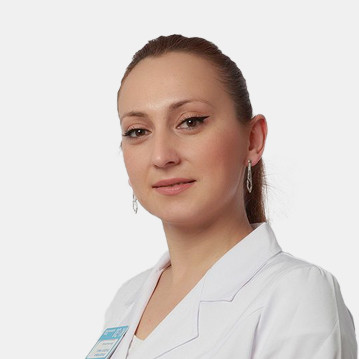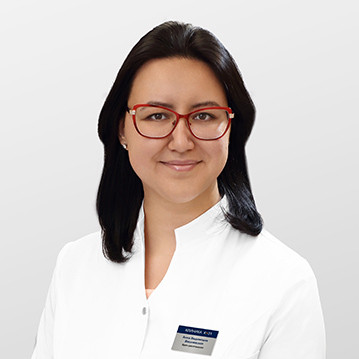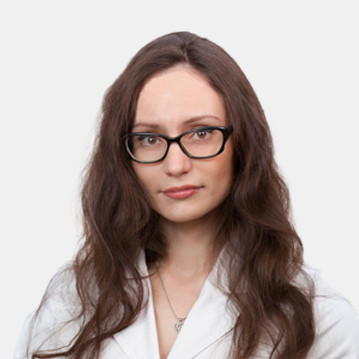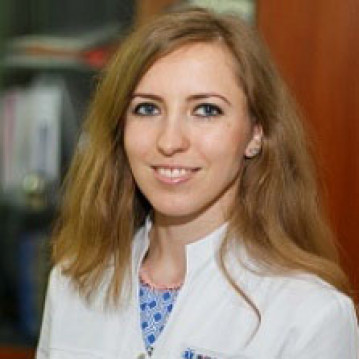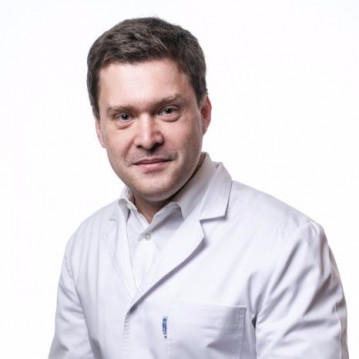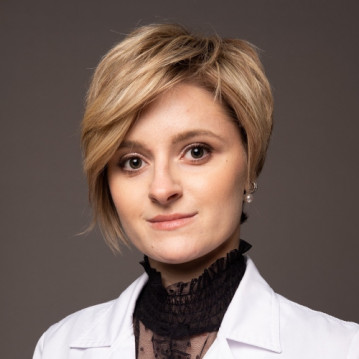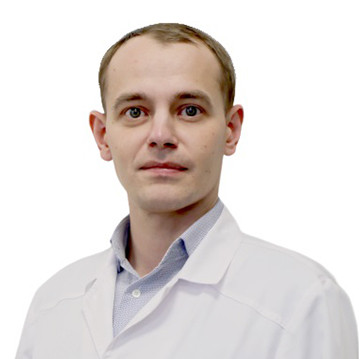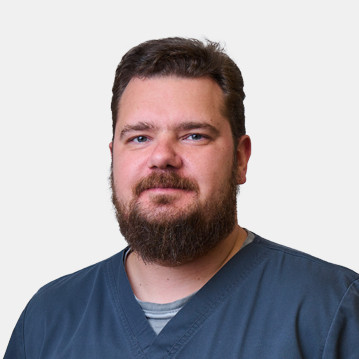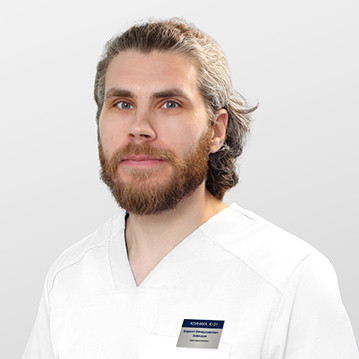The human foot is a mobile and flexible structure, which daily accounts for most of the load during movement and in a standing position. Any problems can lead to serious violations in the human condition, so it is important to respond to pain and discomfort in this area in a timely manner.
For the diagnosis of pathology, computed tomography of the foot is used. This is a highly informative method for diagnosing this anatomical region. A CT scan of the foot helps the specialist evaluate the solid structures of the organ, diagnose a number of pathologies and injuries.
What does a CT scan of the foot show?
On tomographic images, the doctor will see violations of the structure of the toes, bone and cartilage elements of the metatarsus, as well as the ankle joint. Computer diagnostics of the foot with contrast makes it possible to assess the state of blood vessels, detect inflammatory processes or neoplasms.
What does a CT scan of the leg show when scanning:
- Inflammatory processes characteristic of bursitis and arthritis.
- Traumatic injuries (hemorrhages, torn ligaments, dislocations and fractures).
- Destructive foci that occur, for example, with osteomyelitis.
- Aseptic necrosis of bone tissue of various origins.
- Tumors and metastases.
- Valgus deformity and flat feet.
- Vascular thrombosis and other disorders of the structure of arteries and veins.
- Pathologies of the blood supply.
The method makes it possible to assess the degree of pathological changes and their localization with high accuracy.
Indications for research
The most common reason for referral of a patient to computerized foot diagnostics is trauma. It is also common to scan the foot for flat feet.
In addition, a traumatologist or orthopedist can refer to a CT scan of the feet if the patient has:
- Tumors.
- Myositis.
- Gout.
- Arthrosis or arthritis of the joint.
- Tuberculosis of the bones.
- Cracking or pain in the ankle.
- Violations in the normal structure of the foot.
- Osteomyelitis.
The method is used for control diagnostics in preparation for surgery on the ankle and after surgery.
If needed, a CT scan of the toe or other area may be done.
Contraindications to the procedure
Since the technique involves the use of X-rays, there are a number of limitations to its implementation.
CT of the legs is not carried out:
- During pregnancy.
- Children under 5 years old.
- In mental illness, when the patient cannot remain still during the study.
During lactation, CT of the joints of the foot is done in extreme cases. In this case, a woman needs to spend at least two pumping in the period between the scan and the next feeding of the child.
CT diagnostics of the feet with contrast has additional contraindications and is not performed in case of:
- Severe thyrotoxicosis.
- Liver or kidney failure.
- Polyvalent drug allergy.
- Acute form of diabetes.
- Child under 12 years of age.
- An individual allergic reaction to iodine or other components of the contrast agent.
If a CT scan is not possible, the doctor may recommend an MRI or ultrasound of the feet. Choosing a diagnostic method, the specialist takes into account the indications, the clinical picture and the data obtained after other examination methods.

